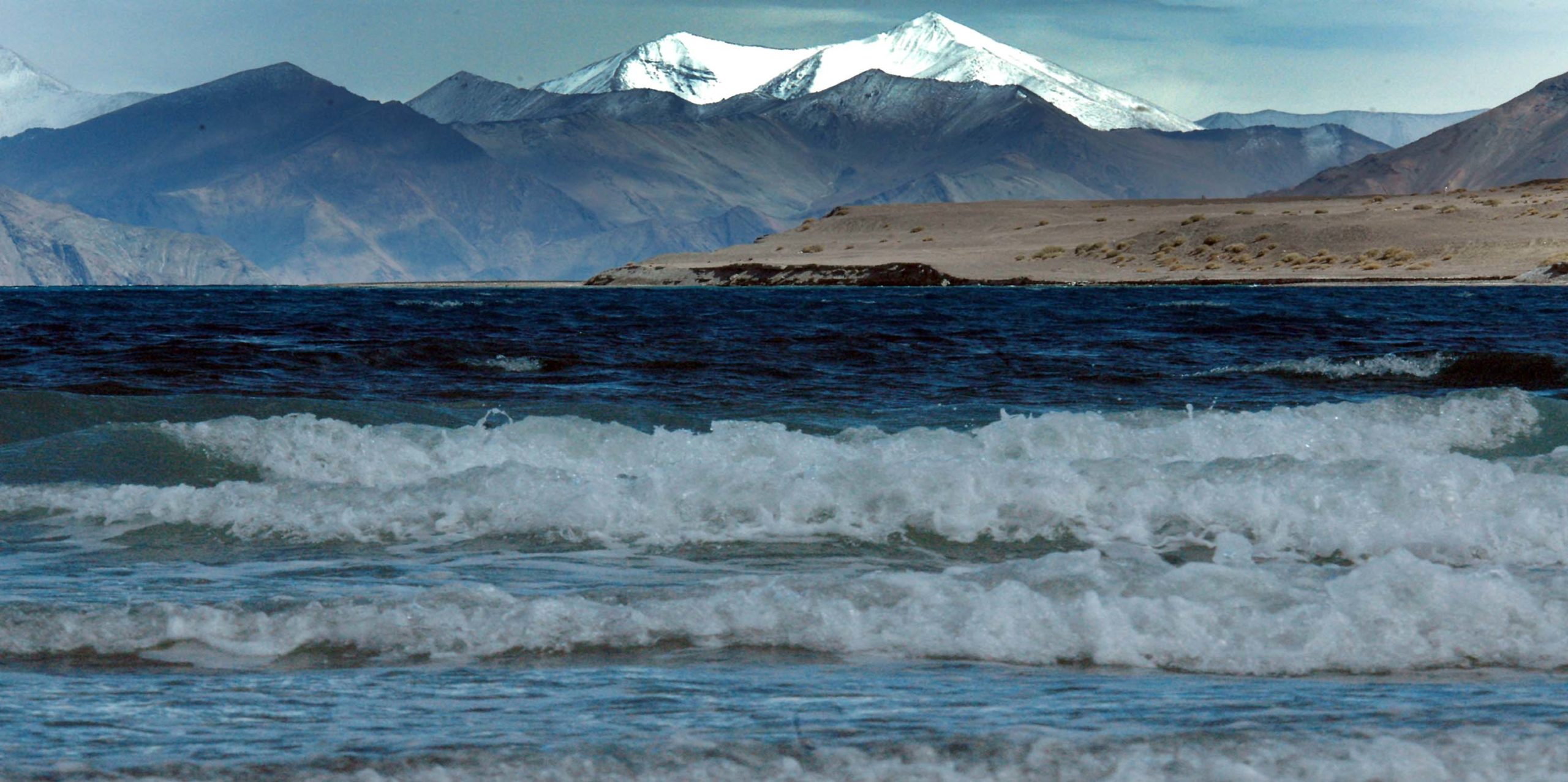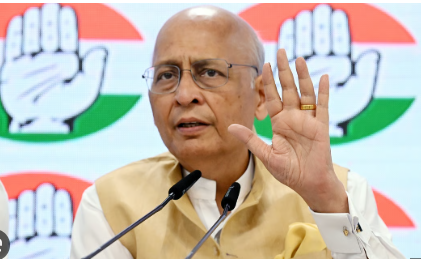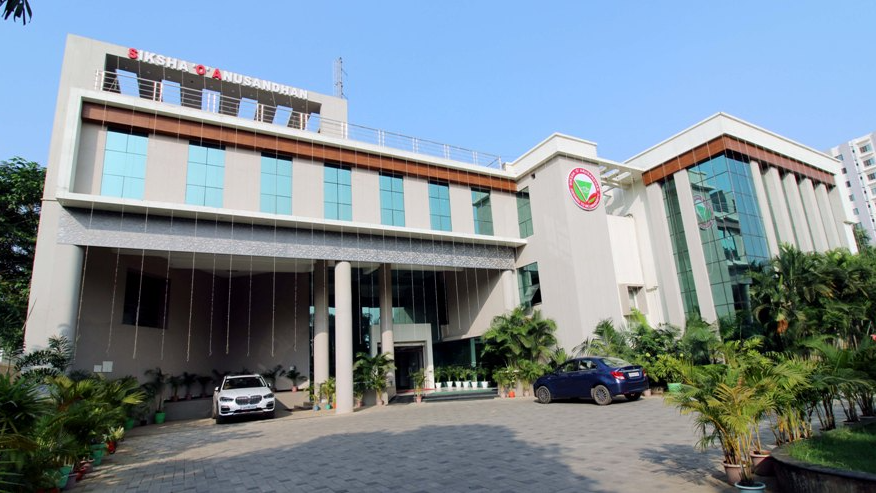China poses more strategic threats in eastern Ladakh, India will have to find answers

By Arun Joshi Two disturbing developments have taken place in eastern Ladakh, where a tense standoff between Chinese and Indian troops for the past 20 months, has assumed more dangerous overtones with China sending a clear signal about its assertion on the control of the territory in the region. In the latest turn of events, PLA or the People’s Liberation Army, has put up Chinese flag at Galwan Valley, the mountainous ridges along Line of Actual Control, where Indian troops had fought for the territorial sovereignty in June 2020 and lost 20 of its soldiers. The clash was a chilling reminder of the savagery, in which weapons of stone age era - stones, iron rods and cemented polls fitted with nails, were used. Even before this news could be absorbed and its strategic concerns for India be understood, and there are plenty of them, there came a set of the satellite pictures, showing Chinese building a bridge across the Pangong Tso( lake). While India was seeking to construct roads and other connectivity infrastructure, China had already marched ahead by asserting its control through flags and bridge on the 135-km long lake, of which only one third is with India, and there, too, China has restricted the movement of the Indian troops. It could well be an answer to the construction of Zojilla tunnel at the height of 11,900 feet above sea level, connecting Kashmir Valley to Ladakh, which, when completed, would help Indian army to ferry troops and machinery to the Chinese border swiftly. Currently, the Zojilla pass remains closed for almost six months a year. Even, during summers, negotiating the zig-zagging pass slows down the movement of vehicles. But, it needs to be admitted that China has advantage over India in building infrastructure in the border areas. They have been doing so for the past four decades, whereas India started a little over a decade ago. Strategically speaking, China has delivered a very stunning message to India and to the world, especially to the US, by raising flag at Galwan valley. The clash and its subsequent consequences were understood far better by West than India could analyse, or reveal at the time of the clash, for the diplomatic wisdom dictated that matters should not be allowed to worsen. The idea was not to have more clashes of this nature. The fight at the Galwan Valley on June 15 and 16, 2020, in which 20 Indian soldiers, including Commanding Officer of 16 Bihar Regiment, Colonel B Santosh Babu, were killed, was shown as the most courageous work of the soldiers to defend the territorial integrity and national sovereignty. That meant, that the soldiers had sacrificed their lives defending the Indian territory or in a bid to get it vacated from the illegal occupation of China. Galwan Valley became the symbol of the ultimate resistance by the Indian soldiers against the Chinese aggression at the LAC passing through the high mountains where even summers the temperatures rarely rises beyond zero Degree Celsius. China by unfurling its flag, as the situation stands today, has reasserted its control over the territory and dared India, in its provocative action, to try to dislodge it from the heights. And this is winter when the temperatures have already dipped to minus 40 Degree Celsius in the Valley and rest of the LAC along the Himalayas. The Indian narrative that the Indian territory was not conceded at Galwan has been dented. The Valley and the June 2020 fight, as told to the nation, established Indian supremacy forever. This is a strategic threat. Chinese have a known pattern of showing their control of things, they unfirl their flags, or scribble on rocks their claims of sovereignty. The bridge across Pangong Tso, may be it is on the Chinese side of the lake, but it tells that China is not going to go back to the peace time location. This is the most significant way China has used. China has shown that it has bigger and better infrastructural capabilities than India which is now raising infrastructure in the border areas along the LAC. India, in the given situation of rising challenges in the region will have to deploy its resources to assure the nation that it will meet these situations, and also send a clear message to China, enough is enough. About the Author: Arun Joshi is a senior journalist based in J&K. He has worked with Hindustan Times, Times of India, Indian Express, and The Tribune. He has authored “ Eyewitness Kashmir: Teetering on Nuclear War” and three other books. DISCLAIMER This is the personal opinion of the author. The views expressed in this write up have nothing to do with those of prameyanews.com
Latest News

Uttarakhand Launches 'Operation Kalanemi'; 23...

Odisha Govt to bear medical expenses of FM col...

Odisha admin foils Andhra sponsored Mobile hea...

Congress flags five key objections to voter li...

Nightclub owner arrested for molesting woman D...

Odisha CM Majhi calls on President, presents O...

UP Police files charge sheet within 24 hours i...
Copyright © 2024 - Summa Real Media Private Limited. All Rights Reserved.
























